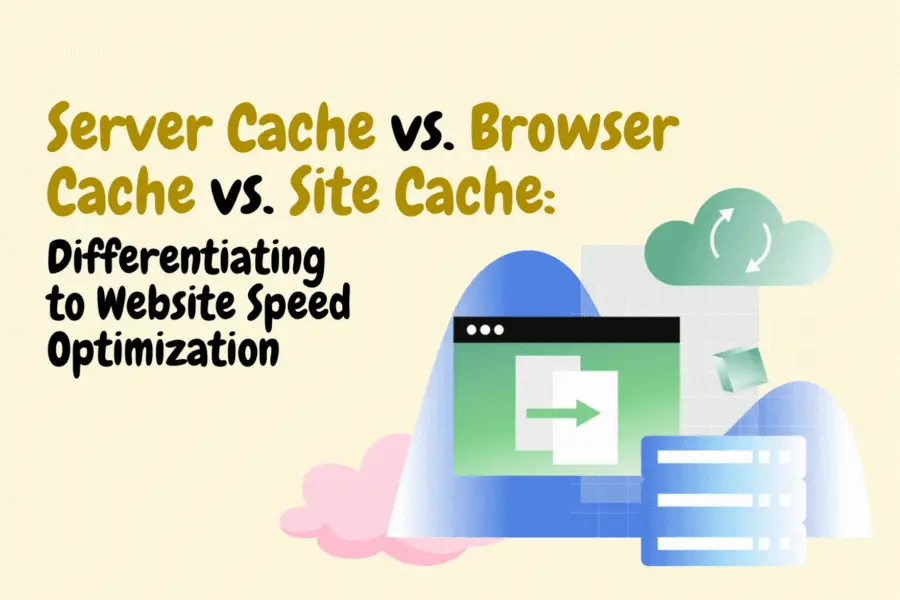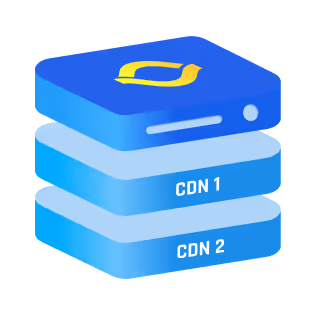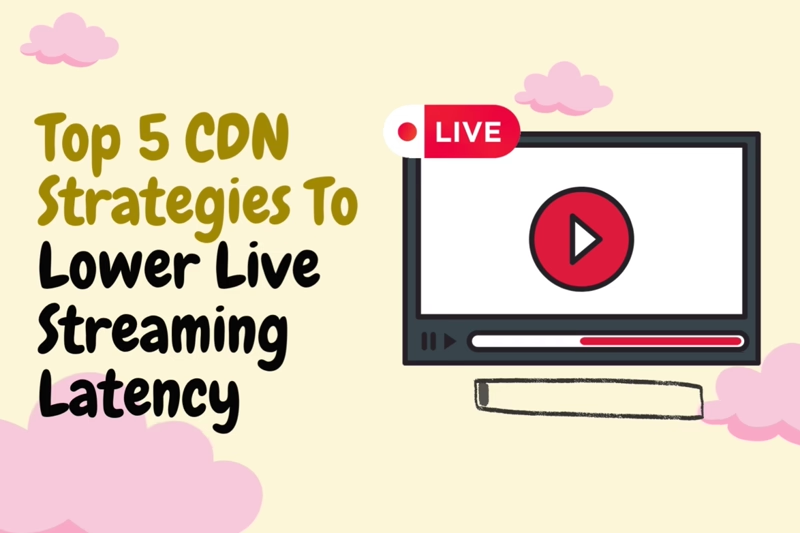Server Cache vs. Browser Cache vs. Site Cache: Differentiating to Website Speed Optimization
Learn how server, browser, site, and CDN caching differ, optimize each layer to boost website speed and improve user experience.

You click a page. It pops open in a blink. That rush of speed is no accident. It is the result of caching done well. The trick is knowing which layer does what. In this guide you and I walk through server cache, browser cache, site cache, and CDN caching.
Each plays a part in cache-control, yet each follows its own rules. By the end you will know how to set them up and when to lean on one more than the other.
Server Cache
A server cache lives close to your application logic. Each time a visitor asks for a page, your server can skip heavy database calls and return the saved response instead.
- What it stores
- Full HTML pages
- Partial templates
- API payloads
- Why you care
- Cuts CPU cycles on the origin
- Handles traffic spikes with calm grace
- Lets you tune time to live so updates roll out on your terms
When to turn it on: If your site runs dynamic code like WordPress or Laravel, you want a server cache. It clears out extra work and keeps render time low. Tools such as Varnish or Nginx FastCGI cache do this with very little fuss.
{{promo}}
Browser Cache
A browser cache sits on the visitor’s own device. It stores copies of static files like images, style sheets, JavaScript, and web fonts.
- How it works
- You send response headers that list an expiry time
- The browser keeps the asset until that point
- On the next visit the file loads right from local disk
- Why you care
- Zero extra network hop for repeat views
- Lower bandwidth bills
- A faster feeling site, especially on mobile data
A quick win: Set far future headers on versioned assets. For example style-v2.css can live in the browser cache for one year. When you ship a change, bump the file name to style-v3.css and the browser pulls the fresh copy.
Site Cache
A site cache is a blanket term many content systems use. Think of it as a front layer that catches rendered pages before they hit the server cache or browser cache. WordPress plugins such as WP Rocket or LiteSpeed cache call themselves site caching tools.
- Where it lives
- Often inside your content management system
- Can live in memory via Redis or Memcached
- Sometimes backed by the local file system
- Key benefits
- Easy switch on and off in the admin panel
- Page rules for logged in users
- Can purge on post update which keeps content fresh without manual work
Mind the pitfalls: If your site shows user specific info, site cache can leak that data to other people. Always test private content like cart totals before you set rules to cache everything.
CDN Caching
A content delivery network drops edge servers all around the world. CDN caching means each edge keeps a copy of your files after the first request. The next visitor nearby pulls from that edge, not your origin.
- Core strengths
- Hop distance shrinks, so latency falls
- Origin shield that filters bad traffic
- Built in security add ons like WAF and rate limiting
- What to cache at the edge
- Images and videos
- Document files like PDF or CSV
- API responses that do not change per user
- Even whole HTML pages if you mark them public
Cache key rules: Most CDN caching engines let you add or remove cookies and headers from the cache key. Strip out anything that varies per user unless you plan to bypass the HTML.
Server Cache vs Browser Cache vs Site Cache vs CDN Caching
Here’s a side-by-side comparison of each of these technologies:
Can These Caches Work Together?
Yes, and when you stack them in the right order the speed gains multiply. Think of each cache as a checkpoint the request passes through. If one misses, the next one steps in. Here is the flow you want:
- Browser cache first: You set Cache-Control and Expires headers on every static file. The visitor’s device keeps those files for hours (or even a year) so repeat views need zero network trip.
- CDN caching next: The edge servers read those same headers. If the browser cache misses, the CDN edge still holds a copy. That cuts the round-trip latency and shields your origin. Add a default time to live for unversioned items so nothing slips through.
- Server cache behind the CDN: When the edge also misses, your server cache delivers a pre-rendered page or API response. This skips database work and trims CPU load. Tools like Varnish or Nginx FastCGI make this step painless.
- Site cache closest to your CMS: Plugins such as WP Rocket or LiteSpeed cache save a snapshot right after WordPress or Laravel finishes rendering. They purge automatically when you update content, so your readers always see the latest version.
Putting It All Together
- A first-time visitor: CDN edge fetches from the server cache (or site cache) and then stores the result.
- A repeat visitor: Browser cache serves the asset instantly; HTML still travels from the edge, keeping TTFB low.
- A big traffic spike: Most requests stop at the browser cache or CDN edge. Only a trickle reaches your origin, so it never feels the load.
{{promo}}
Which Cache Should You Tweak First?
Think of it as fixing the biggest leak before patching the small drips. Do the steps in this order and you squeeze the most speed out of the least work.
- Browser cache
Version every static file and set an Expires header of one year. It costs nothing and cuts load times for repeat visitors immediately. - CDN caching
Turn on edge caching for all images, CSS, JS, and public HTML. Start with a default time to live of one hour, then stretch to one day once you trust your purge flow. - Server cache
If your origin still struggles, add Varnish or Nginx FastCGI cache. Test with a five-minute TTL. Watch CPU usage drop the moment you enable it. - Site cache
Use your CMS plugin last. It cleans up edge cases the other layers miss, such as category pages or search results that change often.
Work top-down; from the visitor’s device to the origin. Each win builds on the last and you never waste effort.
Scenario: You run a WordPress store with global shoppers.
In total you shaved over one second from first-time loads and almost two seconds for repeat buyers; all by stacking server cache, browser cache, site cache, and CDN caching in the right order.
Conclusion
You now hold the map. Server cache trims work on the origin. Browser cache makes repeat visits feel instant. Site cache gives your CMS a simple safety net. CDN caching spreads your content across the planet. Stack them in that order and you will serve pages at lightning pace without breaking the bank.
FAQs
1. What is the main difference between server cache and browser cache?
Server cache sits on the origin server and saves rendered pages or API data to cut CPU load. Browser cache lives on the visitor device and stores static files such as images and CSS to avoid extra network trips. Both speed up delivery, but each works at a different layer of the journey.
2. How can I clear each cache layer without breaking my site?
Clear browser cache with a hard refresh or by bumping file versions (for example, change style-v2.css to style-v3.css). Purge CDN caching only for the updated URLs, not the whole zone. Flush server cache with a targeted command or plugin. Let your site cache plugin auto-purge after you update a post to keep content fresh.
3. Can I use CDN caching if I don’t have a server cache in place?
Yes. CDN caching works as a stand-alone edge layer and will offload most static assets and public HTML from your origin. Adding a server cache later helps absorb traffic spikes and reduces database calls, giving you an extra safety net for dynamic sites.
4. What Time to Live (TTL) should I set for browser cache headers?
For versioned static assets such as images, CSS, and JavaScript, set a long TTL like one year (max-age=31536000). For HTML or API responses that change often, keep TTL short, around 30–60 seconds, or disable browser caching. Version your files so users automatically download fresh assets when you release a new build.
5. Does heavy caching risk showing outdated or wrong content to users?
Only if purge rules are sloppy. Use smart invalidation: version static files, purge specific URLs at the CDN, and let site cache plugins auto-clear changed posts. When configured correctly, browser cache, CDN caching, server cache, and site cache work together to keep pages fast and up to date.


.png)
.png)

.png)





